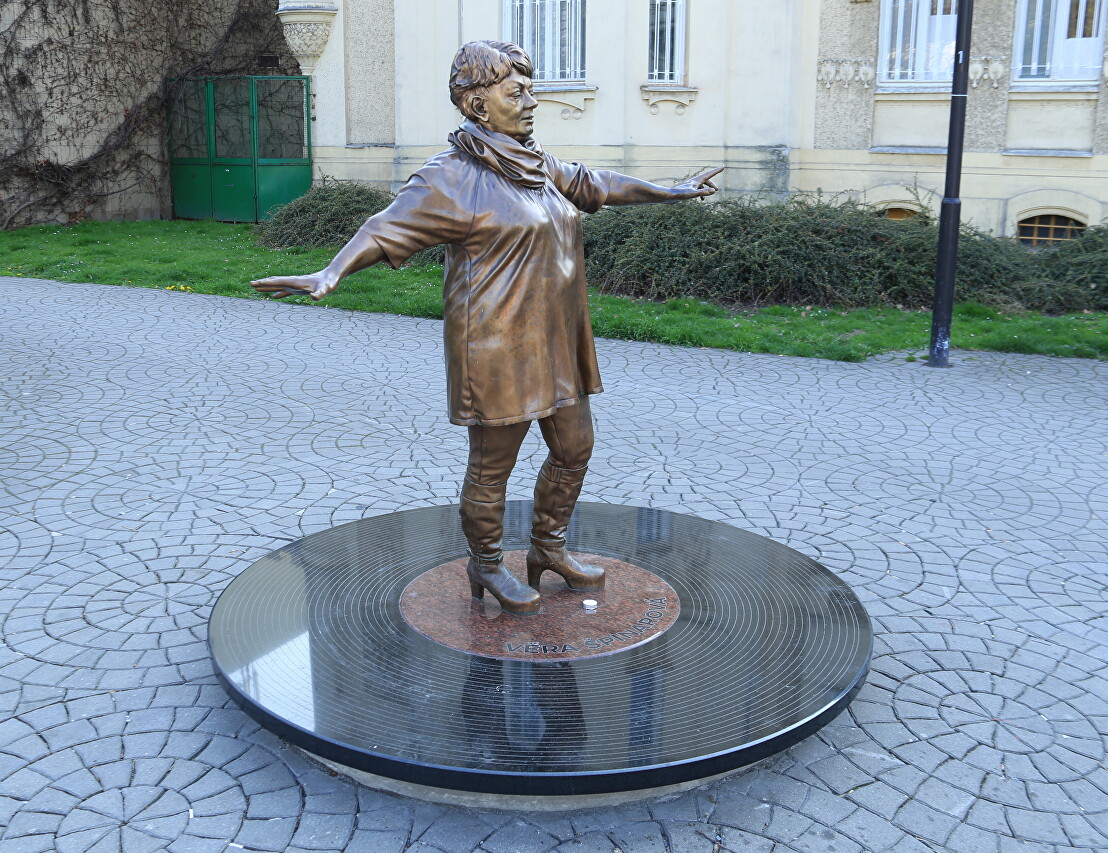Husův sad, Ostrava
The garden of Jan Hus is located in the northern part of the historical center of the city and until the end of the 19th century there was a cemetery here. In the seventies of the 17th century, a severe plague epidemic swept across Europe, and the city Council of Ostrava designated a place for the burial of the dead outside the city gates (Přívozská brána). In the middle of the 19th century, the city went far beyond the medieval walls and the cemetery was surrounded by dense multi-storey buildings.
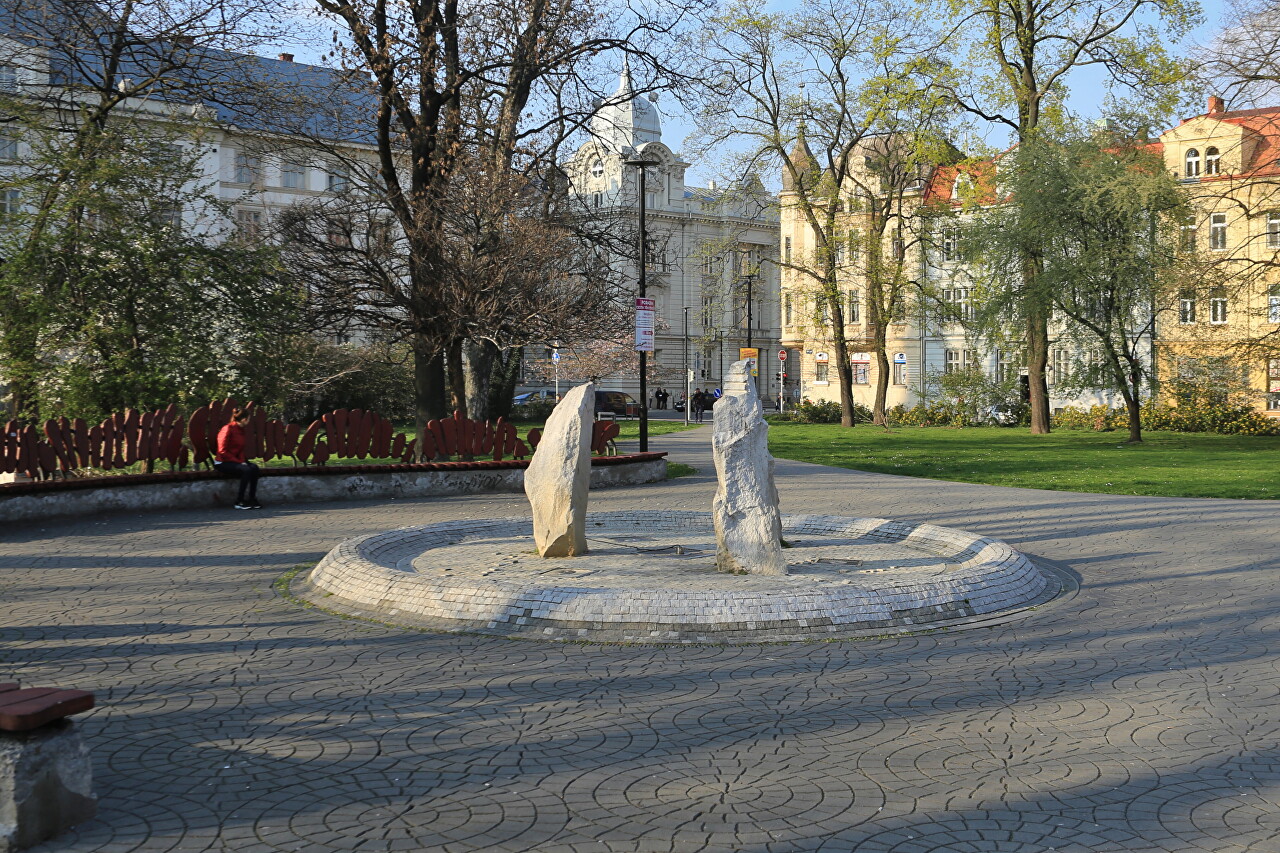
In 1875, the construction of a new municipal cemetery began, and in the 80s it was forbidden to bury here. By the end of the century, the cemetery fell into disrepair and it was decided to transform it into a public park. Until 1918, the park was named after the Austrian Emperor Franz Josef. Now it is a cozy green place in the city center, where there are several monuments of different eras.
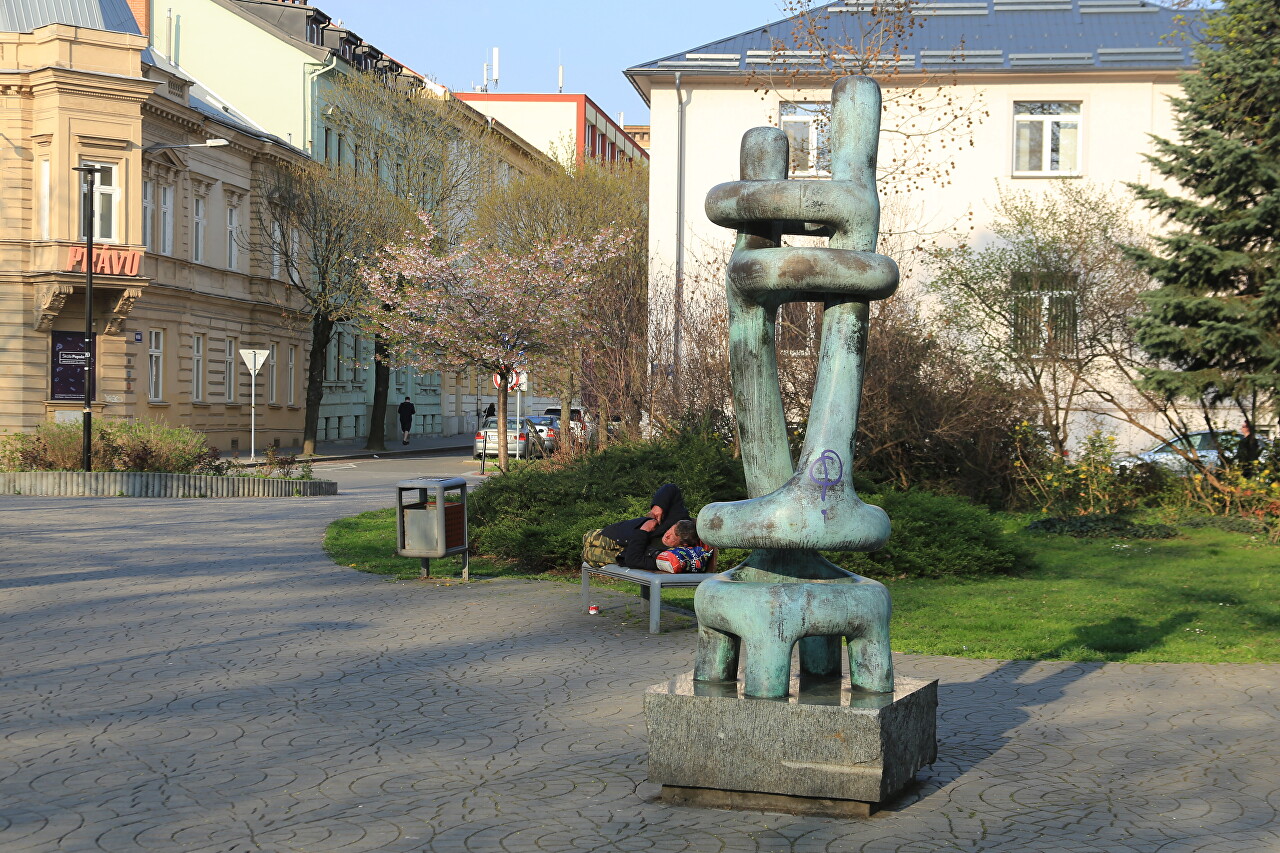
In 1900, the St. Anne's Chapel was built in the park to commemorate the murder of Franz Josef's wife. Young and far from politics, Empress Elizabeth of Bavaria, better known as Sisi, was very popular among the people, traveled a lot.
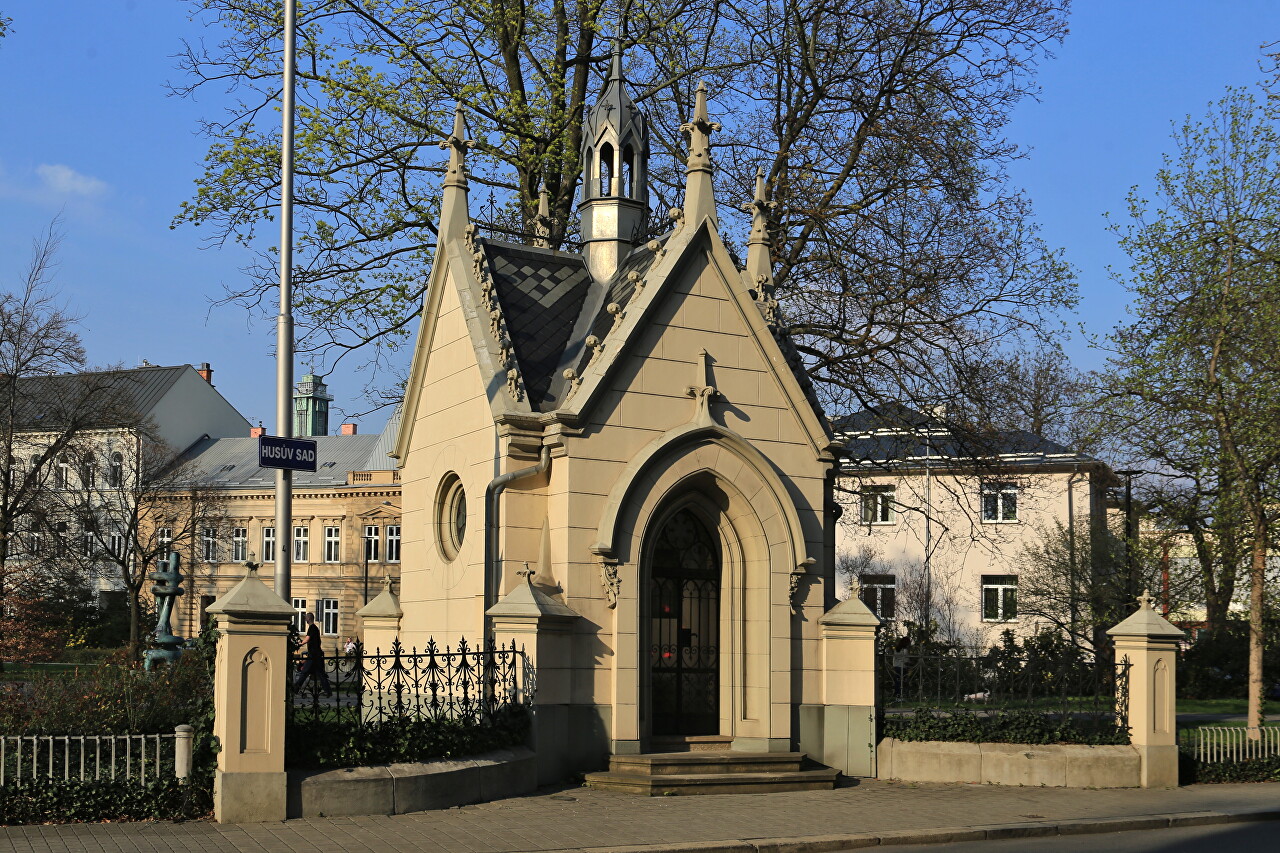
Elizabeth was murdered in 1898 by the Italian anarchist Luigi Luccheni while walking in Geneva. The chapel was built at the expense of public donations.
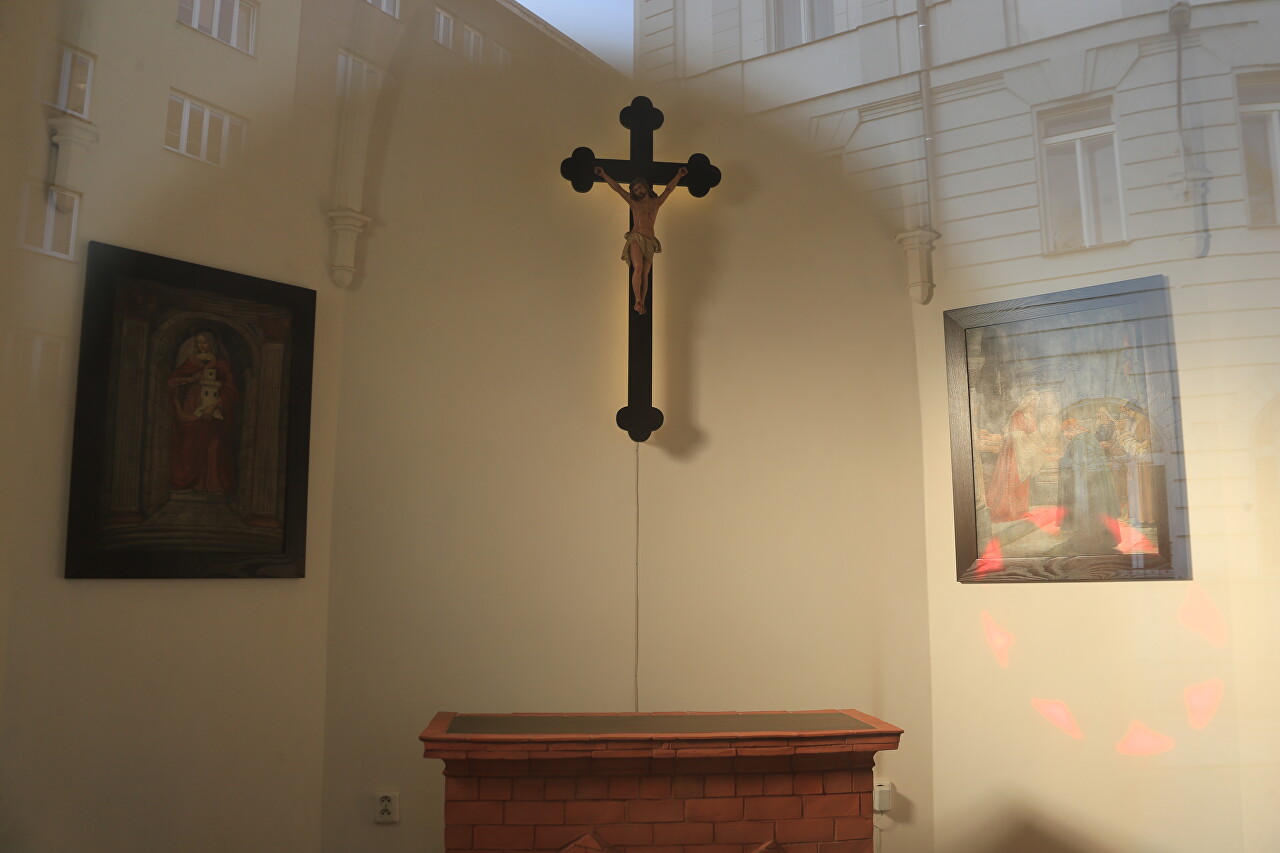
In 1927, a memorial was opened in the park to those who died in the Battle of Zborovo, which occurred during June 1-2, 1917, between the troops of Austria-Hungary and the Czechoslovak Corps, who fought on the side of the Russian army.

Another monument features a bronze figure of a woman dancing on a black marble vinyl record. It is set in memory of the popular Czech singer Vera Spinarova. She started her singing career at the age of 15 with her first song "I kneel before you", which she sang in the studio of Radio Ostrava. She has released a total of 13 albums. Thanks to her unique voice and energetic performance at concerts, she was one of the most popular singers in Czechoslovakia. Vera died in 2017 after losing consciousness during a performance. The monument was made by sculptor David Moješčík.
